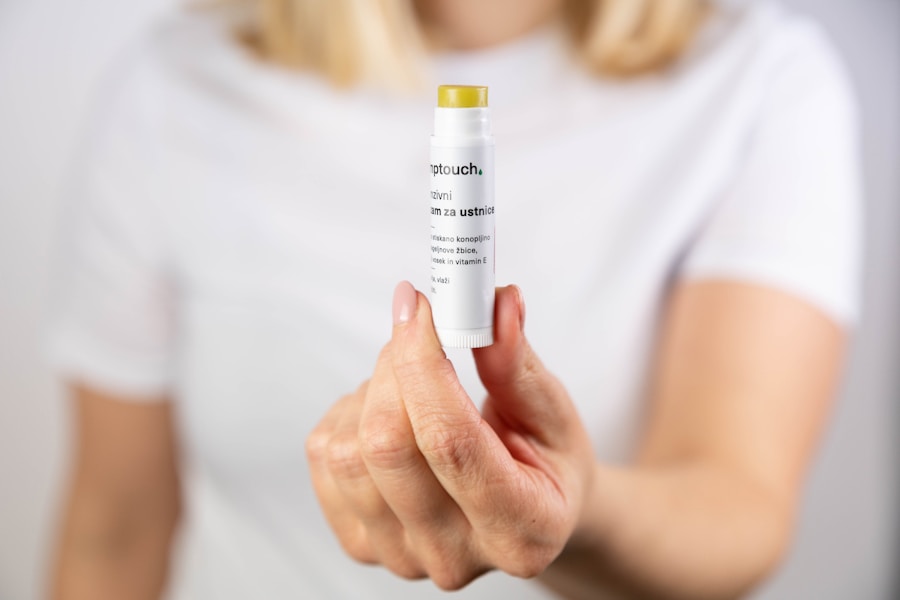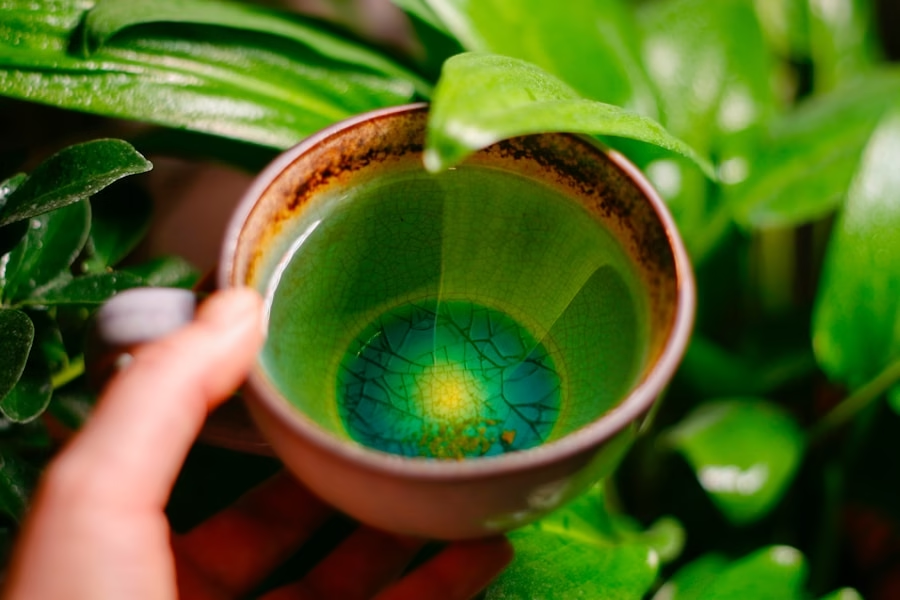As the seasons change, so does the moisture level in the air, and this can have a significant impact on your skin. During the winter months, the air tends to be drier, which can lead to a decrease in the moisture levels in your skin. This is because the dry air can cause the water in your skin to evaporate more quickly, leaving it feeling dry and tight. On the other hand, during the summer months, the humidity levels tend to be higher, which can lead to excess oil production and clogged pores. This can also affect the moisture levels in your skin, making it feel greasy and prone to breakouts.
In addition to changes in the weather, other factors such as indoor heating and air conditioning can also contribute to seasonal dryness. These systems can further dehydrate the air, leading to even drier skin. Understanding these seasonal changes and their impact on your skin is crucial in order to develop an effective skincare routine that will keep your skin hydrated and healthy throughout the year.
During the winter months, it’s important to use richer, more emollient moisturizers to help lock in moisture and protect your skin from the harsh elements. Look for products that contain ingredients such as hyaluronic acid, glycerin, and shea butter, which are known for their hydrating and nourishing properties. In the summer, opt for lighter, oil-free moisturizers that will provide hydration without clogging your pores. By understanding the seasonal changes and choosing the right products for your skin type, you can help combat seasonal dryness and keep your skin looking and feeling its best all year round.
Choosing the Right Moisturizer: Finding the Best Product for Your Skin Type and Needs
When it comes to choosing a moisturizer, it’s important to consider your skin type and specific needs. If you have dry skin, look for a moisturizer that is rich and creamy, as this will help to replenish lost moisture and prevent further dehydration. Ingredients such as ceramides, squalane, and niacinamide are great for dry skin, as they help to strengthen the skin barrier and lock in moisture. For those with oily or acne-prone skin, opt for a lightweight, oil-free moisturizer that won’t clog your pores or exacerbate breakouts. Look for products that contain ingredients such as salicylic acid or tea tree oil, which can help to control oil production and prevent blemishes.
If you have sensitive skin, it’s important to choose a moisturizer that is free from fragrances and other potential irritants. Look for products that are labeled as hypoallergenic and non-comedogenic, as these are less likely to cause irritation or breakouts. For those with combination skin, consider using different moisturizers for different areas of your face. Use a richer moisturizer on the drier areas of your face, such as the cheeks, and a lighter moisturizer on the oilier areas, such as the T-zone. By choosing the right moisturizer for your skin type and needs, you can help to keep your skin balanced and hydrated without causing any additional issues.
The Importance of Hydration: How Drinking Water Can Impact Your Skin’s Moisture Levels
In addition to using the right skincare products, staying hydrated from the inside out is crucial for maintaining healthy and hydrated skin. Drinking an adequate amount of water each day can help to improve your skin’s moisture levels and overall appearance. When you are dehydrated, your skin can appear dull, dry, and flaky, making fine lines and wrinkles more noticeable. By drinking enough water, you can help to plump up your skin cells and improve its elasticity, resulting in a more youthful and radiant complexion.
In addition to drinking water, consuming foods that are high in water content can also help to keep your skin hydrated. Fruits and vegetables such as watermelon, cucumber, and oranges are excellent choices for maintaining hydration levels in your body and skin. These foods are not only hydrating but also contain essential vitamins and antioxidants that can help to protect your skin from environmental damage and premature aging. By incorporating these hydrating foods into your diet, you can support your skin’s natural moisture levels and overall health.
Exfoliation: The Key Step to Preparing Your Skin for Maximum Moisture Absorption
Exfoliation is an essential step in any skincare routine, especially when it comes to maintaining hydrated and healthy skin. By removing dead skin cells from the surface of your skin, you can help to improve its texture and allow for better absorption of moisturizing products. Exfoliating also helps to unclog pores and prevent breakouts, which can be particularly beneficial for those with oily or acne-prone skin. However, it’s important to exfoliate gently and not overdo it, as this can lead to irritation and damage to the skin barrier.
There are two main types of exfoliation: physical exfoliation, which involves using a scrub or exfoliating tool to manually remove dead skin cells, and chemical exfoliation, which involves using products that contain acids or enzymes to dissolve dead skin cells. Both methods have their benefits, but it’s important to choose the right exfoliant for your skin type and needs. If you have sensitive or dry skin, opt for a gentle exfoliant that won’t cause irritation or further dehydration. For those with oily or acne-prone skin, look for exfoliants that contain salicylic acid or glycolic acid, which can help to control oil production and prevent breakouts.
Incorporating Serums and Oils: Enhancing Your Moisturizing Routine for Extra Nourishment
In addition to using a moisturizer, incorporating serums and oils into your skincare routine can provide extra nourishment and hydration for your skin. Serums are lightweight, fast-absorbing liquids that contain high concentrations of active ingredients such as hyaluronic acid, vitamin C, or retinol. These potent ingredients can help to target specific skincare concerns such as fine lines, dark spots, or uneven texture while providing an extra boost of hydration. Oils, on the other hand, are rich in fatty acids and antioxidants that can help to lock in moisture and protect the skin barrier.
When choosing a serum or oil, it’s important to consider your specific skincare needs and concerns. If you have dry or aging skin, look for serums that contain hyaluronic acid or peptides, which can help to plump up the skin and improve its elasticity. For those with hyperpigmentation or sun damage, opt for serums that contain vitamin C or niacinamide, which can help to brighten the complexion and even out skin tone. When it comes to oils, consider using lightweight options such as jojoba oil or squalane for daytime use and richer oils such as argan oil or rosehip oil for nighttime use. By incorporating serums and oils into your skincare routine, you can enhance the moisturizing effects of your products and address specific skincare concerns for a more radiant complexion.
Protecting Your Skin from Environmental Factors: How to Shield Your Skin from Harsh Weather and Pollution
Environmental factors such as harsh weather conditions and pollution can have a significant impact on the moisture levels in your skin. Exposure to cold winds or extreme temperatures can strip away moisture from your skin, leaving it feeling dry and irritated. In addition, pollution from car exhaust fumes, industrial emissions, and cigarette smoke can also contribute to oxidative stress in the skin, leading to premature aging and dehydration. To protect your skin from these environmental factors, it’s important to use skincare products that contain antioxidants and protective ingredients.
Look for moisturizers that contain antioxidants such as vitamin E or green tea extract, which can help to neutralize free radicals and protect your skin from environmental damage. In addition, consider using a broad-spectrum sunscreen with an SPF of 30 or higher every day to shield your skin from harmful UV rays. This is especially important during the summer months when UV radiation is at its peak. When spending time outdoors in harsh weather conditions, consider using a protective barrier cream or balm to create a shield against windburn and extreme temperatures. By taking these steps to protect your skin from environmental factors, you can help to maintain its moisture levels and overall health.
Tips for Maintaining Moisture Throughout the Day: Simple Habits to Keep Your Skin Hydrated and Healthy
In addition to using the right skincare products, there are simple habits you can incorporate into your daily routine to maintain moisture levels in your skin throughout the day. One of the most important habits is to cleanse your face twice a day with a gentle cleanser that won’t strip away natural oils from your skin. This will help to remove dirt, oil, and makeup while maintaining a balanced pH level in your skin. After cleansing, apply a toner that contains hydrating ingredients such as glycerin or rose water to rebalance your skin’s moisture levels.
Another important habit is to reapply moisturizer throughout the day as needed, especially during the winter months when the air tends to be drier. Keep a travel-sized moisturizer in your bag or at your desk so you can easily hydrate your skin whenever it feels tight or dry. Additionally, consider using a facial mist or hydrating spray throughout the day to provide an extra boost of moisture whenever your skin needs it. Finally, make sure to get enough sleep each night as this is when your body repairs itself and replenishes moisture levels in your skin. By incorporating these simple habits into your daily routine, you can help to maintain moisture throughout the day and keep your skin hydrated and healthy.
In conclusion, understanding seasonal changes in weather conditions is crucial for developing an effective skincare routine that will keep your skin hydrated throughout the year. Choosing the right moisturizer for your specific needs is essential for maintaining healthy and balanced skin. Hydration from within through drinking water and consuming hydrating foods is equally important for maintaining healthy moisture levels in your skin. Exfoliation helps prepare the skin for maximum moisture absorption while incorporating serums and oils provides extra nourishment for the skin. Protecting the skin from environmental factors is crucial for maintaining moisture levels while simple habits such as cleansing twice a day and reapplying moisturizer throughout the day are essential for keeping the skin hydrated and healthy. By following these tips and incorporating them into your daily routine, you can maintain healthy moisture levels in your skin throughout the year for a radiant complexion.




